All rights reserved under International and Pan-American Copyright Conventions. No part of this book may be reproduced in any form or by any means without permission in writing from the publisher: Island Press, 2000 M Street NW, Suite 650, Washington, DC 20036
Island Press is a trademark of The Center for Resource Economics.
Acknowledgments
I am thankful to all of those who supported this project with their encouragement, time, expertise, and editorial skills. I consider this a hopeful book that is based upon the research of scientists, health care workers, and farmers working to improve human, environmental, and agricultural health. To those in particular who took valuable time from their work to share their knowledge and then to read through chapter drafts, I am grateful. Without you there would be no book: Christopher Appleton, Nicholas Bergman, Claude Boyd, Bruce Caldwell, Dan Chellemi, Jon Clements, Joe Crabb, Bill Fry, Brian McSpadden Gardener, Jack Gilbert, Tom Gordon, Cliff Hatch, Brad Higbee, David Hughes, Keith Jones, Randy Kincaid, Steve Lapointe, Margaret Lloyd, Cam Oehlschlager, Kathleen McGraw, Lenny Moise, Justin O'Grady, John Pickett, Margaret (Peg) Riley, Marcel Salath, Joseph Schwartzman, Seila Selemovic, Peter Reczek, Arthur Tuttle, Ryan Voiland, Jack Vossen, and a few who wish to remain anonymous. Any mistakes in the material or interpretation of the science are my own. A special thanks to Karen Anderson for sharing her and Tim's experience; and Suzanna from Chicago for sharing hers. From concepts to comma, Emily Davis, Island Press editor, has contributed to this project in countless ways, turning clunky phrasing into smooth streams of words while wading through a flurry of e-mails with the subject header Wait! Read this instead. Thank you, Emily. In addition, I am thankful for the assistance of others at Island Press (Sharis Simonian, Katharine Sucher, Jason Leppig, and Jaime Jennings) for their help in moving this book-writing process along. The writing also benefited from the careful copy editing of Michael Fleming, who raised plenty of good questions. While you can't judge a book by its cover, I wouldn't mind if they did in this case, thanks to Roberto de Vicq's cover design.
Throughout the writing process, reviewers willing to point out inconsistencies, too much science, or not enough explanation were essential. Those who spent their precious spare time with nothing to gain, not even a bottle of wine, include Bernadette Albanese and Suzanne Epstein, Sofia Echegaray, Julie Kumble (and her husband Bruce for allowing me to share his experience with antibiotics), Sophie Letcher, Brent Ranalli, Rony Sebok, Bob Strong, and Missy Wick. Scott Russell Sanders's Bread Loaf writing group of 2015 provided encouragement that the topic and material was worth pursuing. I am grateful that the Lady Killigrew Caf in Montague, Massachusetts, welcomes those of us who sit and write all morning for the price of a couple of cups of coffee; so thank you, Ella, for keeping it that way. I am thankful for friends like Leigh Rae who kept me fit and ready to sit and write; and for the gift of a nearly lifelong friendship with Penny Shockett, who can not only check my science but my grammar as well; and grateful to Ben Letcher, my partner in life who has listened patiently as I talked and talked (and talked) my way through chapter ideas, quandaries, and second thoughts about material for this book; who provided insightful and careful review of chapters; and who never once conveyed anything but encouragement when, on those long drives, I would turn off the radio and ask him to listen as I read aloud. I am also grateful to my parents for their support in ways that, even now, I am sure I do not fully realize. Thank you, Mom. I would have loved to discuss this book with my father, an early tech guy, a Trekkie, and someone interested in the future. And finally, to Sam and Sophie, who are both now old enough to read and comment on my work, love and hope.
Introduction
T HIS IS A BOOK ABOUT SOLUTIONS . A couple of years ago, I gave a presentation about the problems of modern agriculture and medicinespecifically, how we are losing our edge against pests and pathogens as they develop resistance to pesticides and antibiotics. Afterward, an audience member asked, So what can we do? I shrugged and said, Use less. There was a little laughter and then an expectant pause, but I had nothing more to say. How could we cure disease without overusing broad-spectrum antibiotics? Or protect crops from bugs and weeds while using less pesticide? This book is how I would have liked to answer that question.
There is little doubt that chemicals have played an enormous role in growing food and protecting against disease over the last century. Pesticides and fertilizers (along with other agricultural practices) have helped farmers ramp up production to feed billions. Here in the United States, we are so certain of abundance that we throw away about 40 percent of all food produced, and we expect beautiful, blemish-free fruits to be available year-round. We have grown similarly accustomed to the miracle of antibiotics. Before the antibiotic age, infectionsfrom meningitis to strep and staphreigned as all-too-often-incurable killers. Penicillin saved countless lives, and when it failed another antibiotic took its place. Now we demand that our doctors prescribe antibiotics at the first sign of a cough.
Most of us alive today are beneficiaries of this chemical warfare waged by humans against pest and pathogen. It worked, for a while. Then came resistance and other unintended side effects, from altered ecosystems to the emergence of opportunistic diseases: a young man is left to struggle with a drug-resistant infection that has out-competed his normal intestinal flora; a blight responsible for the Irish potato famine now increasingly resists fungicides; aggressive weeds crowd out crops; and common pesticides kill off even the beneficial insects. How do we replace twentieth-century pesticides now fallen from grace, or save our antibiotics so that they are there for us when we most need them?
Fortunately, imaginative strategies are in the works. Some, like gene editing, are of the twenty-first century; others, such as the ancient practice of fecal transplants, are just now emerging from history's shadows, made new again by advances in technology and a sense of urgency. Many strategies are borrowed from nature, one of our best allies against these age-old enemies. There are viruses that infect and bust apart bacteria. Strategic crops create healthy microbial communities able to fend off plant pathogens. There are vaccines engineered to better stimulate our natural defenses, and there are plants engineered to resist diseases with genes borrowed from related strains. Insect pheromonesnatural and very specific chemicalsfrustrate moths that would otherwise infest our fruits and nuts with their wormy larvae by throwing them into a misguided sexual frenzy. And bacteria provide new kinds of highly selective antimicrobialstargeting pathogens while leaving our microbiomes intact. There are hundreds if not thousands of reasons for cautious optimism; I have selected a handful.

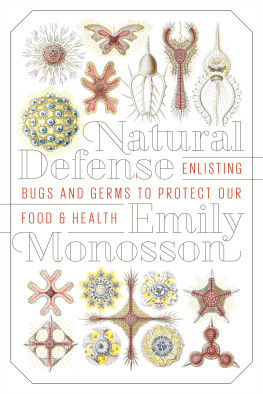

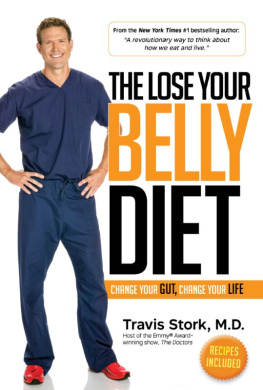
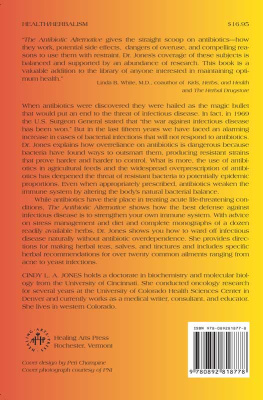

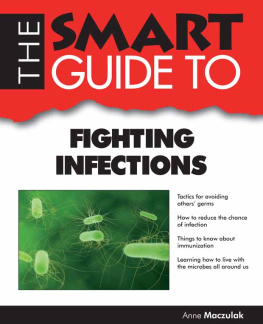
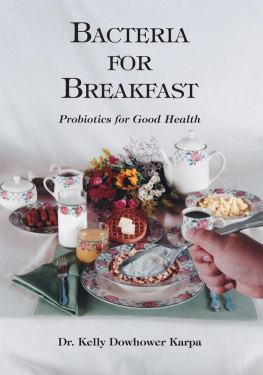
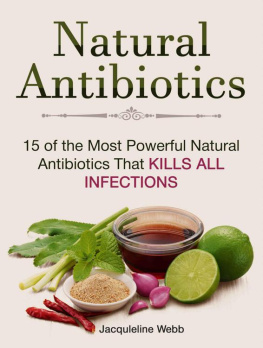
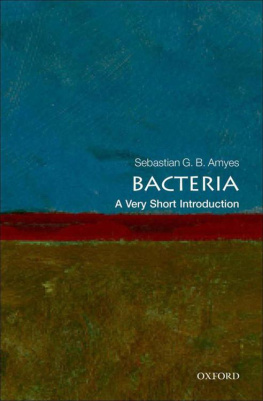
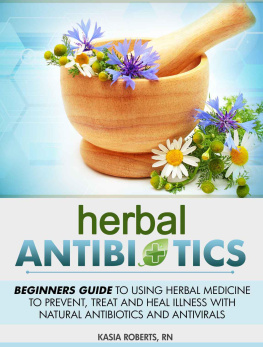

 Printed on recycled, acid-free paper
Printed on recycled, acid-free paper